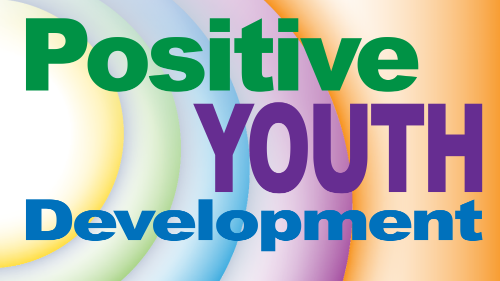Mental Health in Adolescence
The term "mental health" generally refers to an individual's psychological and emotional condition. Like the states of mind and being it reflects, the term is fluid and is used to discuss:
- a positive state of psychological and emotional well-being,
- the absence of mental illness, or
- the presence of mental imbalances that affect overall psychological well-being.
In adolescence mental health is typically characterized by a roller coaster of emotional and psychological highs and lows. Intense feelings are a normal and healthy part of the psychological landscape of youth, but it is also true that many mental health disorders of adulthood begin in childhood or adolescence. While the mental health field offers options for treating disorders, the profession is only beginning to explore ways to build optimum health.
Mental Health Disorders
Half of U.S. adolescents have mental health disorder during their teen years, although severity varies greatly [1]. When a mental health disorder disrupts daily functioning in the home, school, or community, it is considered a "serious emotional disturbance." When children or adolescents are able to function well in at least two of these three areas, however, it is unlikely they have a serious mental health disorder. It is estimated that 22% of young people with any mental health disorder have experienced a severe disturbance.
Recognition of the signs and symptoms of mental health disorders is important because early intervention may be critical to preventing serious, lifelong impairment. Mental health disorders are typically marked by disruption of emotional, social, and cognitive functioning. Adolescents are most commonly affected by anxiety disorders, which manifest through phobias, excessive worry and fear, and nervous conditions; and depression disorders, characterized by states of hopelessness or helplessness that are disruptive to day-to-day life. Other mental health conditions affecting youth include bipolar disorder, conduct disorder, attention-deficit/hyperactivity disorder, learning disorders, eating disorders, and childhood-onset schizophrenia.
Mental health disorders seldom appear in full bloom. They are usually preceded by symptoms of deteriorating health and functioning. The symptoms of nascent mental disorders may be similar to certain behaviors typical of adolescence; the primary differences between symptoms and these behaviors and are the extent to which they disrupt daily life, as well as symptom severity and duration. Early onset mental disorders may be episodic at first, but tend to increase in severity, duration, and level of disruption over time. Family members and friends are often the first to notice early symptoms.
Positive Psychology: Developing Mental Health in Young People
With so much emphasis on disorder, we might well wonder if freedom from illness is the best we can hope for. The emerging field of positive psychology seeks to bring balance to mental health research through the study and promotion of psychological strengths. Linking youth development to the positive psychology framework, the Commission on Positive Youth Development summarizes positive psychological characteristics in five broad categories [3]:
- Positive emotions, including joy, contentment, and love
- "Flow," defined as "the psychological state that accompanies highly engaging activities"
- Life satisfaction — the sense that one's own life is good — which correlates with characteristics such as self-esteem, resiliency, optimism, self-reliance, healthy habits, and pro-social behavior
- Character strengths such as curiosity, kindness, gratitude, humor, and optimism
- Competencies in the social, emotional, cognitive, behavioral, and moral realms
These characteristics point us toward a vibrant vision of mental health, and are suggestive of ways concerned communities might create nurturing environments that provide services, opportunities, and supports to promote optimum health.
References
- U.S. Department of Health and Human Services, National Institute of Mental Health. (2021). Mental illness.
- Commission on Positive Youth Development. (2006). The positive perspective on youth development. In D. L. Evans, E. B. Foa, R. E. Gur, H. Hendin, C. P. O'Brien, M. E. P. Seligman, & T. B. Walsh, Treating and preventing adolescent mental health disorders: What we know and what we don't know.






